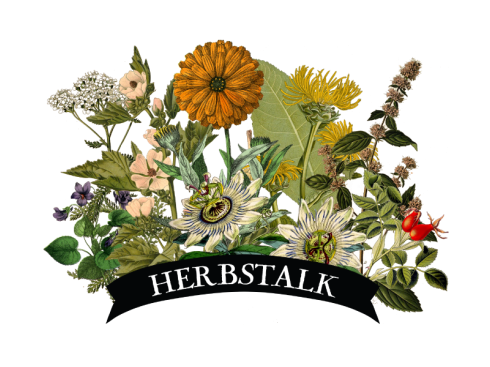|
Submitted by Felix Lufkin. Consider this an opportunity for an unexpected family reunion. Skunk cabbage is often framed as a nasty, stinky, swamp weed. Maybe we were victims of leaf attacks as kids. Maybe we just assume that any plant whose ecosystem role we can’t comprehend, that we don’t eat, that lives in shady, damp, boggy environments, and that smells unappetizing has no purpose, or at the very least, doesn’t inspire our interest. Truthfully, I didn’t know much about skunk cabbage until writing this piece – but it’s such a unique and interesting member of our local eco-family that it deserves more of our attention and respect. Skunk cabbage emerging in snow. It lives from Nova Scotia south to the Carolinas, west to the mid-west. As stated, it prefers slow moving woodland streams or bogs rather than the sunnier edges of faster rivers. It thrives in deep mud, forming big colonies in the woods. It’s a perennial in the Arum family, like jack-in-the-pulpit, or the famous, person-sized titan arums that stink up greenhouses from time to time. This is a strange and mysterious plant family with hood like flowers and often powerful medicines or poisons. Skunk cabbage is one of the first plants to emerge in the spring, as strange claw-shaped hoods with a bizarre, alien shaped flower inside. Strangely, skunk cabbage, like others in its family, is one of the few plants that can actually generate heat, up to 90 degrees warmer than the air temp, melting the ice and snow around each sprout so it can grow up above it. This can also help the flowers’ scent disperse as steam, and attracts pollinating flies and bees who can shelter in the warm flower. The early shoots are almost the only things that black bears break their hibernation fast on, until other foods emerge. Calcium oxalate crystals. Be careful!: Skunk cabbage, like jack-in-the-pulpit, produces calcium oxalate crystals in its leaves and other body parts. These small crystals are very sharp, like little glass ninja stars. When they touch our bodies’ tissue, especially mucous membranes in our mouths or stomachs, they get lodged and lacerate us – it is incredibly painful. These crystals make any part of skunk cabbage inedible raw. Nevertheless, it is, and has been used as, a food by many peoples. The crystals in the roots can be broken down only by VERY prolonged drying – 6 months or more, or are rendered harmless in the leaves by boiling in multiple changes of water. More information about preparing skunk cabbage for food, visit Arcadian Abe’s blog “Wild Cabbage”. Large skunk cabbage leaves. Leaves: These are crushed and used as a topical poultice for muscle, joint, arthritis pain or bruises. The leaves can be dried for 6 months, then cooked into a stew as emergency winter food (begin prep in the spring). The leaf shoots, which are white, thick, and hidden underground, can be boiled in changes of water to make a decent cooked veggie. (See link above). Roots: The roots of skunk cabbage are ‘contractile’, which pull the plants’ body deeper and deeper into the mud each season, extending the length of its leaf stalks. The tincture of the DRIED (see below) roots is an antispasmodic and nervine. It is used for menstrual cramps, bronchitis, intense coughs, both topically and internally, and topically for ringworm and possibly warts. For more information about its medicinal uses, see the Plant’s for a Future database site, Wikipedia, and this excellent Greenman Rambling blog post. Fruit of the skunk cabbage. Flower and fruit: The strange tropical-brain like fruit is a prized snack for bears – whose springtime scat is often found to be full of the peanut-sized, hard, pale and strange seeds. There’s nothing else that looks like it!  Felix Lufkin teaches nature classes and wild edibles at K-12 schools and works with Help Yourself!, a project that plants public orchards and gardens in the Pioneer Valley. Help Yourself is currently running an Indiegogo campaign to raise money to plant more fruit trees and forest gardens locally. Felix also offers an on-site butchering service and instruction in central New England with Ape and Ape, Inc. Comments are closed.
|
Archives
November 2023
Categories
All
|
Join the Newsletter!
Receive news about future Herbstalk events
Thank you!
You have successfully joined our subscriber list.
Copyright © Herbstalk 2024

 RSS Feed
RSS Feed